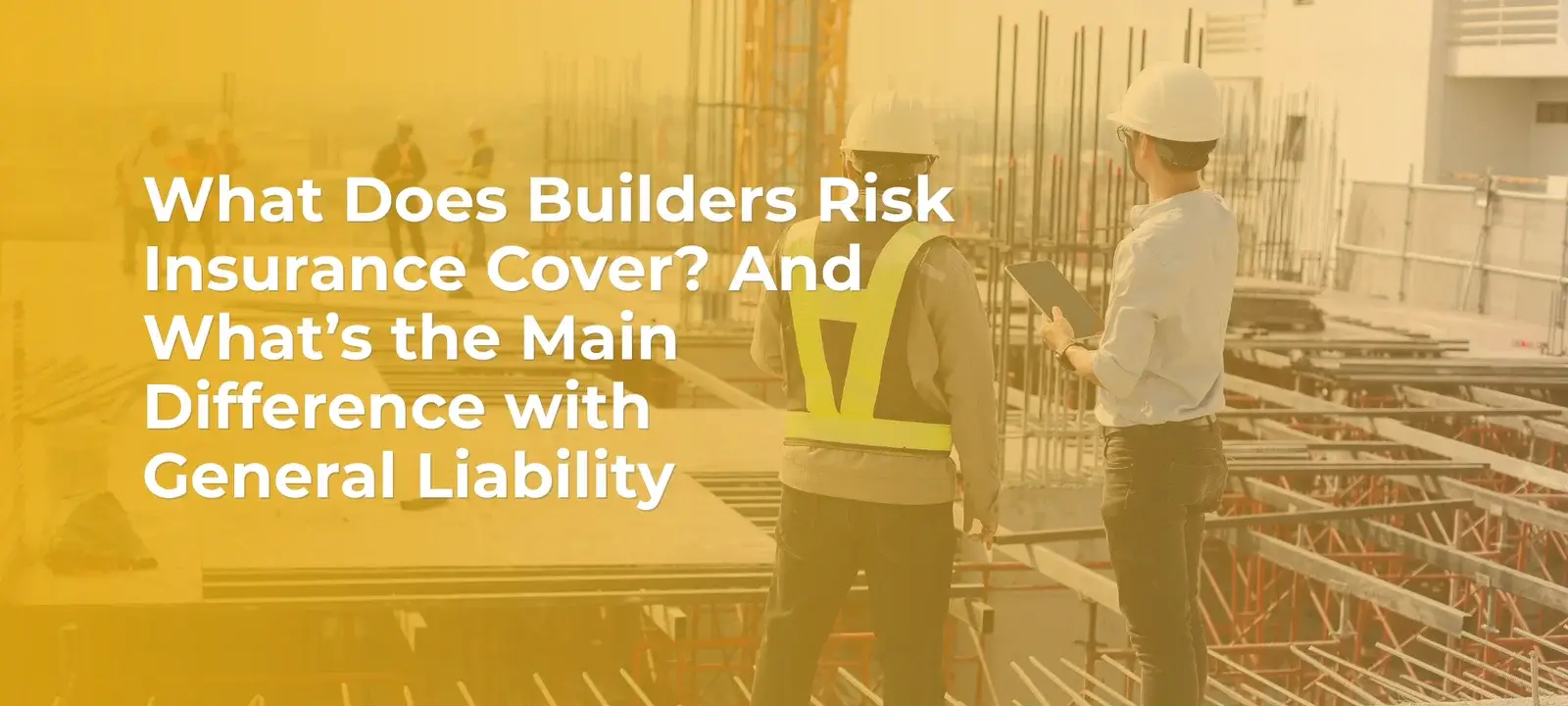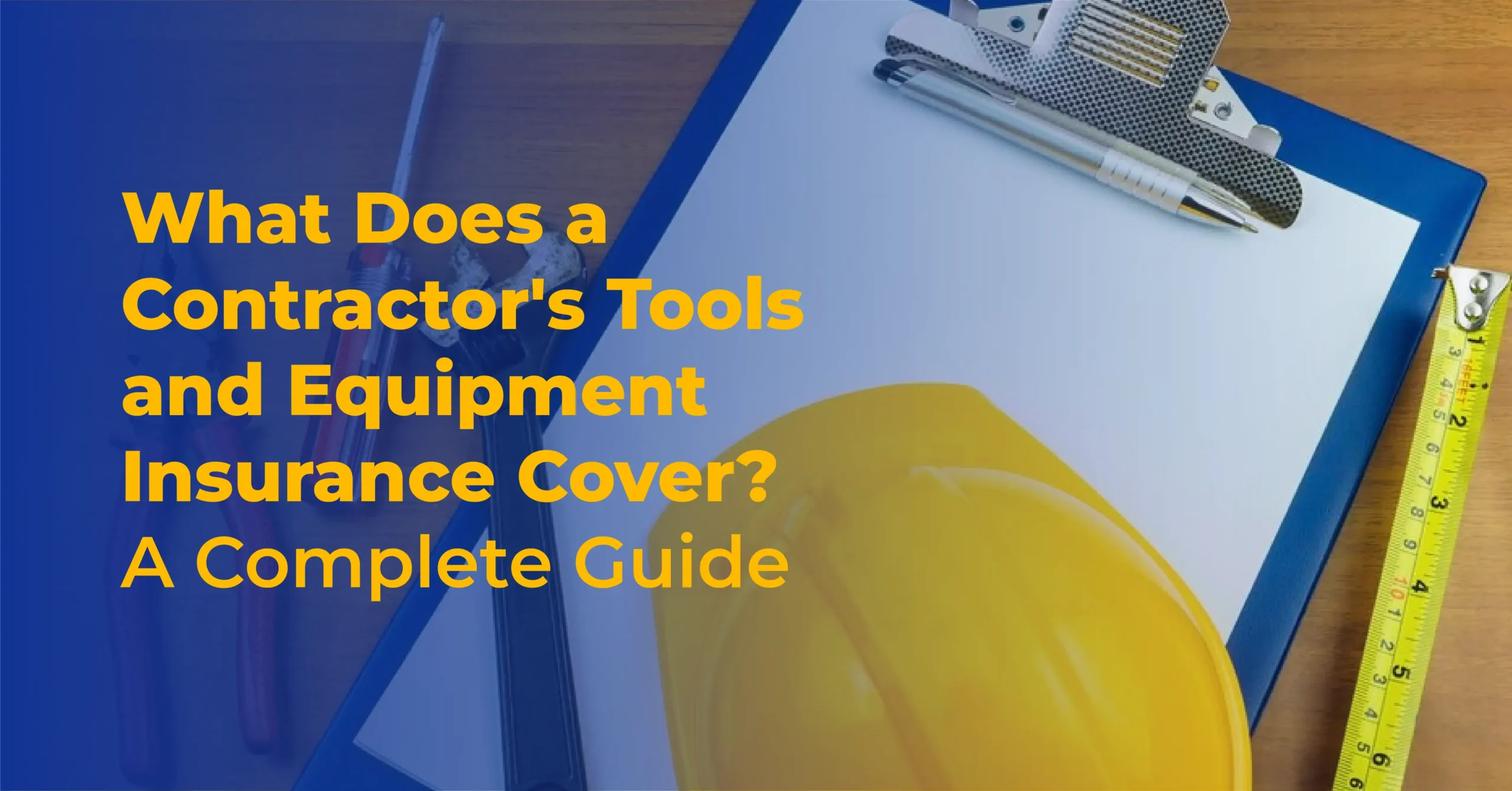If you run a construction business, you know how quickly workers’ compensation premiums can eat up your profit, and you’re always looking for lower workers’ compensation premiums reduction strategies. With dangerous work tasks, tight deadlines, and the physically demanding nature of the industry, you’ll understand why construction always pays among the highest rates in the industry for workers’ compensation. Fortunately, there are fewer workers’ comp premium reduction tactics that can pay off big for you without compromising safety and compliance. Good safety practices and employee training programs, proper classification of your workforce, and claim management adjustments can provide abundant returns long term, and you don’t even have to be a company of large size or have several crews to understand how the premium arrival to a reasonable rate and duration can protect the protection of your workforce while keeping your business competitive.
Why Construction Companies Pay More for Workers’ Comp
The nature of work construction companies do makes them pay higher workers’ compensation premiums, which is usually risky. Jobs that use heavy machines or are done at heights and include hazardous materials increase the risk of workplace injuries. This high-risk profile allows the insurers to charge much for insuring against possible claims. Besides, historical frequency and severity of claims in the construction industry influence premiums. The geography of it also matters; for example, a state with more stringent regulations or benefits may be referred to as one that has higher premiums.
However, aside from the statistics and spreadsheets, there is a very real human aspect that contributes to these costs. Workplace injuries not only impact the bottom line; they impact lives. One injury can take a skilled worker out of the workforce for weeks, if not months, affecting their ability to support themselves as well as the impact on your project. Insurance companies know this. Insurance incorporates a buffer for risk exposure due to the unpredictable nature of construction and the many moving parts that make up a project, which means higher premiums, even for the most careful companies.
What’s even more frustrating is that many construction companies, especially smaller ones, are lumped into broad risk categories regardless of how proactive they are with safety. So even if you run a tight ship, train regularly, and have few incidents, you’re still paying the price for being in a “high-risk” industry. That’s why understanding what goes into those premium calculations, finding ways to differentiate your company through better practices, documentation, and risk management critical if you want to take back control and stop overpaying.
Key Risk Factors That Drive Premiums Up
- Employee Misclassification: Misclassifying workers can result in higher premiums or potential fines. Each job is assigned a classification code that indicates its associated risk; misclassifying an employee can result in overpayment or compliance violations.
- Poor Safety Records: A history of frequent or serious workplace injuries in the workplace indicates a riskier environment, which will result in a higher premium.
- No Safety Policies: A lack of comprehensive policies and safety training could lead to more accidents, which will affect premium pricing.
- High Turnover: Constantly training new employees could lead to accidents if they are also inexperienced. This could affect the company’s claims experience and lead to higher premiums.
- Geographical Location: States may have different regulations or benefits that affect premiums.
Top Strategies to Lower Workers’ Compensation Premiums
To effectively reduce premiums, construction companies can implement the following strategies:
- Establish a dedicated safety program: Formulating and implementing safety guidelines can effectively reduce accidents in the workplace. Regular exercises and drills help employees know the best practices.
- Classifying employees correctly: Correct classification of all employees would ensure that the work in the job description is done by that employee. Anything different would cause cases of overpayment and overtime premiums in connection with the real risk level.
- Implement return-to-work programs for injured employees with modified duties: This allows injured employees to go back to work, thus lowering claims expense and showing insurers for proactive claims management.
- Frequent claim reviews: Open claims should be reviewed at intervals to monitor their movement towards resolution. Timely claim settlement will reflect positively on the experience modification rate (EMR).
- Invest in employee training: Continued training to ensure proper use of safety practices and equipment will help minimize accidents, thus causing fewer claims, which reduces premiums.
How to Build a Safety-First Culture on the Job Site
Establishing a culture of safety requires:
- Leadership Commitment: When there’s a genuine commitment to safety, managers should have the necessary resources and lead by example.
- Employee Involvement: Include employees in decision-making processes about safety. When employees are involved in the safety protocols, they’re more likely to follow them.
- Continual Safety Education: Offer periodic reminders to workers on safety so that employees keep updated on safety practices.
- Safe Communication Lines: Make the workers feel safe to report hazards or near-misses without fear of being retaliated against. To create an environment with communication lets the workers know that they can be trusted to stop hazards beforehand.
- Recognition and rewards: Celebrate and reward safe actions and practices. Finally, the incentive can motivate workers to commit to safe behavior.
Using Claims History and Audits to Your Advantage
Guide to Successive Saving on Premiums of Claims History and Audit:
- Perform Round-the-Clock Analysis of Claims: Conducting periodic reviews of past claims will bring out the common causative factors of injuries. Diving deeper into issues will not only prevent future occurrences but will also show insurers that the company is serious about continuous improvement.
- Preparing for Premium Audit: Keeping Correct Payrolls and Employee Classifications will help observe the true nature of your workforce in the audit; discoveries will not have the expected premium changes.
- Undertake Corrective Actions: Findings from audits will lead to informed changes in safety programs and operational procedures aimed at reducing the likelihood of their occurrence in the future.
- Engaging Insurers: Keep the regular contact between you and your insurer by imposing notice on how your claims history is interpreting your premiums and what steps could be implemented to improve your risk profile
- A proactive solution: On top of those will give the construction industry not only that but also save big amounts in workers’ compensation premiums.
FAQs
- What is the average workers’ compensation premium for construction companies?
Construction companies often pay higher premiums due to the risky nature of the work. Rates vary by state, classification code, and claims history.
- How can I reduce my workers’ comp premiums without cutting corners on safety?
Focus on employee training, return-to-work programs, and regular safety audits. Prevention costs less than reaction. - Does having fewer claims really lower my premium?
Yes. Insurance providers reward companies with clean safety records and minimal claims with lower rates over time. - What role does employee classification play in premium costs?
Misclassifying workers can lead to overpayments or fines. Always review codes and use accurate job descriptions. - Can a safety program help reduce my premiums?
Absolutely. Insurers look for active safety programs, documented training, and a commitment to risk mitigation. - How does a return-to-work program reduce workers’ comp costs?
These programs reduce claim duration and payout amounts, which keeps your experience modifier (MOD) low. - What is an experience modification rate (EMR or MOD), and why does it matter?
It’s a score based on your claims history. A lower MOD = lower premiums. It’s one of the biggest factors in pricing. - Should I shop around for workers’ comp insurance?
Yes. Premiums can vary widely from carrier to carrier. Use brokers who specialize in high-risk industries such as construction. - What common mistakes increase workers’ comp premiums? Misclassification, ignoring safety protocols, late claims reporting, and skipping audits can drive up costs.
- Can technology help reduce my premiums?
Yes. Wearable technology, jobsite monitoring, and safety apps can prevent accidents and provide data to support lower risk ratings.
Let’s Discover More About Litespeed
How Much Does Builders Risk Insurance Cost in Florida?
Subcontractor vs. General Contractor: What’s the Key Differences



